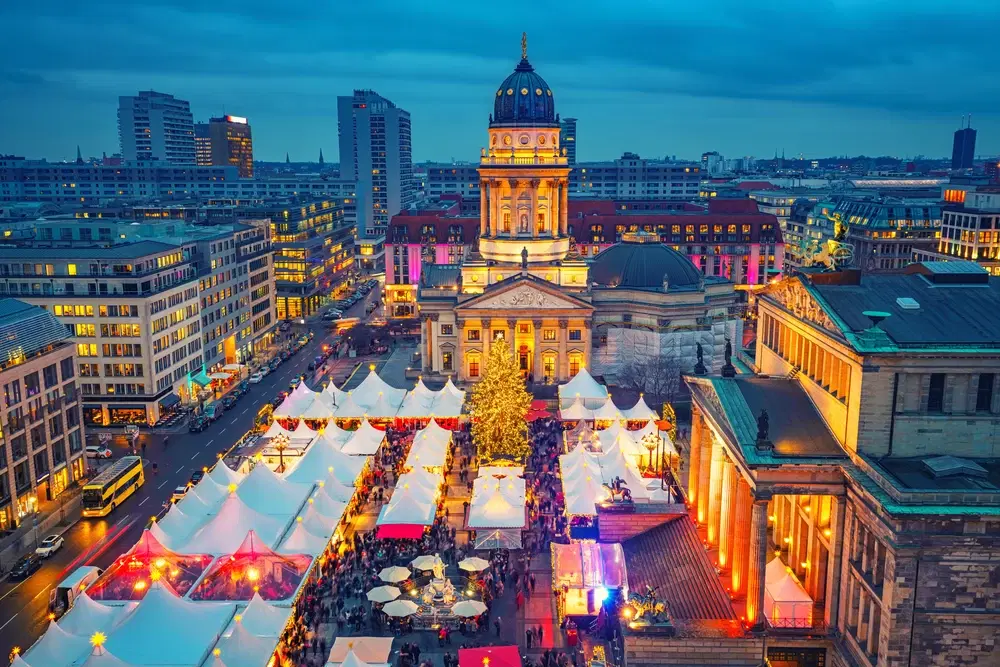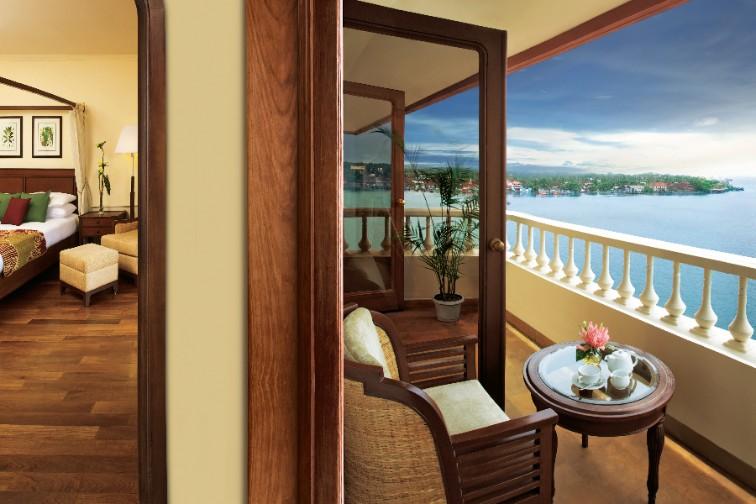
Hotels
•04 min read

Nymphenburg Palace stands as one of Munich's most iconic landmarks. Built as a royal summer residence, its rich history and stunning architecture attract countless visitors. This blog will answer your most common questions about Nymphenburg Palace. You will learn about its history, glamorous architecture, and the many things to do during your visit. Whether you are a history buff or simply looking for a beautiful spot to explore, this post offers a comprehensive guide.
Nymphenburg Palace is a historic landmark and a former summer residence of Bavarian royalty. It represents a rich blend of art, history, and noble design. Today, it holds a special place in Munich's cultural and architectural landscape. Visitors come to admire its beauty and learn about its storied past.
The palace is located in the western part of Munich. It is well-connected by several modes of transportation. You can easily reach it by tram or bike. Car drivers find ample parking, and public transport routes run frequently, making it simple to explore. Its setting in a vast parkland adds to its charm and appeal.
Expert Tip: Nymphenburg Palace was originally a gift from Elector Ferdinand Maria to his wife Henriette Adelaide in celebration of the birth of their son. This grand gesture marked the beginning of its transformation into a baroque masterpiece.
Nymphenburg Palace has a long and vibrant history. It was built in the 17th century by Elector Ferdinand Maria. Later, it was expanded by Max Emanuel. The palace witnessed many historical events, including turbulent periods and the quiet persistence of tradition. Even during World War II, it largely escaped damage, preserving its historical charm for future generations.
The palace showcases a mix of architectural styles. Visitors admire its baroque, rococo, and neoclassical influences. Notable architects, including Enrico Zuccalli, Joseph Effner, and François Cuvilliés, contributed to its majestic design. Every room is filled with intricate details. The Great Hall, delicate frescoes, and fine stucco work offer a glimpse into the artistry of the era. The Gallery of Beauties adds to its allure, making it a must-see for those who wander with an eye for art.

The palace interior is as impressive as its exterior. The Great Hall stands out with its grand ceiling and elaborate decorations. Hubertus Hall, with its rich colors and detailed craftsmanship, tells stories of royal festivities. Private royal apartments offer a peek into the lives of the former residents. You will also find fine artworks, antique furniture, and tapestries that capture past eras.
The expansive gardens of Nymphenburg Palace are a treat for the senses. Originally planned by Dominique Girard, they later evolved into a beautiful landscape park under Friedrich Ludwig von Sckell. Meandering canals, delightful fountains, and elegant statues are set among wide vistas. Garden pavilions such as Amalienburg, Badenburg, and Pagodenburg add unique dimensions to your visit. Each path and structure seems to whisper secrets of the past.
There is much more than sightseeing at Nymphenburg Palace. Enjoy a gentle gondola ride on the central canal as you take in the scenery. Photography enthusiasts will be enchanted by every angle of this historic site. Many choose to join guided tours to learn in-depth details about the history and design of the palace. Visits to on-site museums enrich the experience while concerts and seasonal events in the Orangery Wing add fresh excitement throughout the year.
When planning your trip, you have several ticket options. There is general admission for those who prefer to explore at their own pace. Guided tours are available for a deeper understanding of historical details. A combined pass for the palace and its museums provides added value for curious visitors. Ticket prices and discount options vary based on age groups and seasonal factors. Understanding these options ensures a smooth and enjoyable experience.
Nymphenburg Palace welcomes visitors throughout the year with varying operating hours. Winter and summer schedules differ slightly, offering flexibility in planning your visit. Early mornings and late afternoons tend to be quieter. This makes for a more peaceful tour of the palace interior and gardens. Check operating hours ahead of your visit to optimize your time at this historic landmark.
The time required depends on your interest. A light visit may take 2-3 hours. However, to fully appreciate the palace interior, its gardens, and the on-site museums, you might want to plan for a full day. This allows you to slow down and savor the art, history, and natural beauty that Nymphenburg Palace has in store.

The Marstallmuseum is home to a grand collection of carriages and sleighs. Among its treasures, the coronation coach stands out as a symbol of royal elegance. Historical sleighs are also on display, giving insight into the luxurious past of the Bavarian elite. This museum is a key element when exploring Nymphenburg Palace history.
The Museum of Nymphenburg Porcelain traces the fine art of porcelain making. It highlights the evolution of decorative items, tableware, and intricate figurines. A visit here draws you into the delicate world where craftsmanship meets art. The porcelain pieces are not just collectibles but a vital part of Nymphenburg Palace architecture and history.
It is famous for its stunning baroque architecture, expansive gardens, and rich history as a former royal summer residence.
The palace is no longer a royal residence. Today, it serves as a museum and a major tourist attraction.
A short visit may take 2-3 hours, but a complete exploration of the palace, gardens, and museums could take an entire day.
No, the palace survived WWII largely intact and remains a treasured historical site.
Nymphenburg Palace offers a rich tapestry of history, art, and architecture that delights every visitor. Its palatial interiors, stunning gardens, and fascinating museums provide a glimpse into the royal world of Bavaria. This blog has unraveled the charming details of Nymphenburg Palace history, the architectural evolution, and the vibrant experiences awaiting visitors. By sharing practical tips on tickets and tour options, we hope you feel inspired to explore this magnificent site. Your journey through this treasure of Munich promises to be a memorable adventure that leaves you with a deep appreciation for the heritage housed within these grand walls.